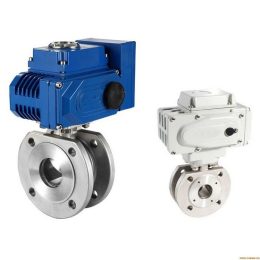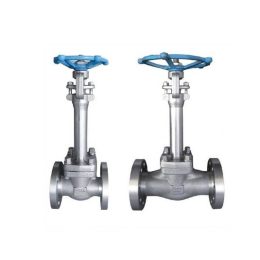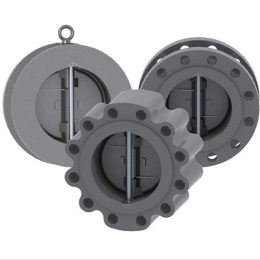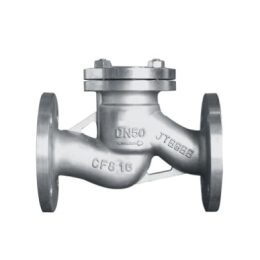Trunnion Valves: Structure and Function Explained
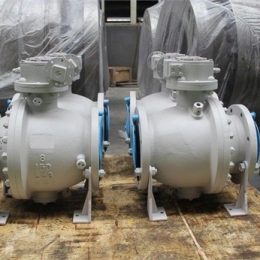
Introduction to Trunnion Valves
Trunnion valves are commonly used in the oil and gas industry, chemical plants, and various industrial applications. These valves are designed to regulate the flow of liquids or gases in pipelines and tanks. Trunnion valves have a unique structure and function, making them ideal for applications that require high pressure and temperature control.
Anatomy of Trunnion Valves
Trunnion valves are made up of various parts that work together to control the flow of liquids or gases. The body of a trunnion valve is designed to withstand high pressure and temperature. It is made of materials such as stainless steel, carbon steel, or other alloys. The valve body has two openings, the inlet, and the outlet, which are connected to the pipeline.
Trunnion valves have two or more trunnions, which are fixed supports that hold the ball or disc in place. The ball or disc is attached to the valve stem, which is connected to the actuator. The actuator is responsible for opening and closing the valve. Trunnion valves also have seats, which are responsible for sealing the valve when it is closed.
Working Principle of Trunnion Valves
Trunnion valves work by rotating a ball or disc to open or close the valve. When the valve is closed, the ball or disc is pressed against the seats, creating a seal that prevents the flow of liquid or gas. When the valve is opened, the ball or disc rotates, allowing the liquid or gas to flow through the valve.
The actuator is responsible for opening and closing the valve. The actuator can be manual, electric, or pneumatic, depending on the application. The type of actuator used depends on the size and pressure of the valve.
Benefits of Trunnion Valves
Trunnion valves offer several benefits over other types of valves. They are designed for high pressure and temperature applications and can withstand severe service conditions. Trunnion valves also provide better control over the flow of liquid or gas, making them ideal for applications that require precise control.
Trunnion valves are also low maintenance and have a longer lifespan than other types of valves. They are easy to operate and require minimal maintenance, making them a cost-effective option for industrial applications.
Applications of Trunnion Valves
Trunnion valves are used in a variety of applications, including oil and gas pipelines, chemical plants, and refineries. They are also used in power plants, water treatment plants, and other industrial applications.
Trunnion valves are ideal for applications that require high pressure and temperature control. They are also used in applications that require precise control over the flow of liquids or gases.
Maintenance and Troubleshooting of Trunnion Valves
Trunnion valves require minimal maintenance, but regular inspection and cleaning are necessary to ensure proper operation. The valve body and seats should be inspected for signs of wear or damage. The actuator and valve stem should also be inspected for wear and tear.
If the valve is not operating correctly, troubleshooting may be necessary. Common issues include leaks, low flow, and valve sticking. Troubleshooting typically involves inspecting the valve for signs of wear or damage and making any necessary repairs.
Trunnion valves are an essential component in many industrial applications. Their unique structure and function make them ideal for applications that require high pressure and temperature control. Trunnion valves offer several benefits over other types of valves, including precise flow control, low maintenance, and a longer lifespan. With regular maintenance and troubleshooting, trunnion valves can provide reliable and cost-effective service for many years.
